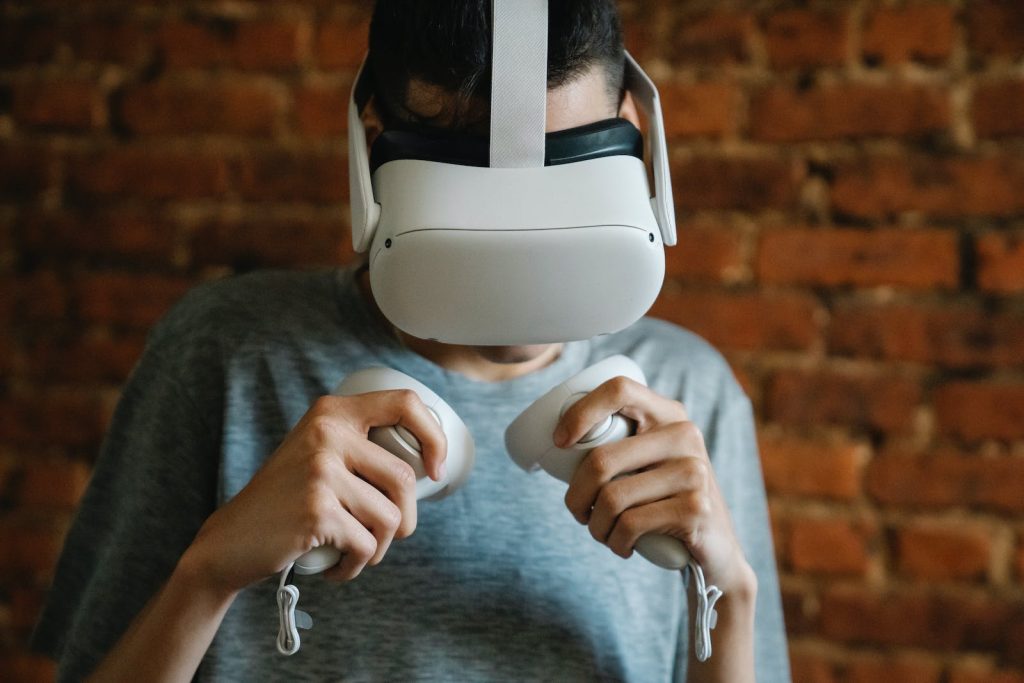Uncharted Territories of Virtual Reality refers to the vast and largely unexplored potential of virtual reality technology. This technology, which immerses users in a simulated environment, has applications far beyond its current use in gaming and entertainment. The uncharted territories include areas like healthcare, education, military training, and mental health therapy. As the technology continues to evolve, these unexplored areas offer immense possibilities for innovation and advancement, promising to revolutionize the way we live, learn, and interact.
Exploring the Uncharted Territories of Virtual Reality: A Deep Dive into the Unknown
Virtual reality (VR) is no longer a figment of our imagination or a concept confined to sci-fi movies. It’s here, and it’s transforming the way we interact with digital content. As we delve deeper into the uncharted territories of virtual reality, we’re discovering new possibilities and applications that are as exciting as they are revolutionary.
Imagine strapping on a VR headset and suddenly finding yourself in a different world. You’re not just watching a movie or playing a game; you’re living it. You can look around, move, and interact with your surroundings as if you were physically there. This immersive experience is what sets virtual reality apart from any other form of digital entertainment.
But VR isn’t just about entertainment. It’s also proving to be a powerful tool in fields like education, healthcare, and training. For instance, medical students can now practice surgeries in a risk-free virtual environment before they operate on real patients. Similarly, pilots can train in virtual cockpits, gaining valuable experience without leaving the ground.
As we explore further, we’re finding that VR can also be a game-changer for social interactions. Virtual reality social platforms are emerging, allowing users to meet, interact, and even attend concerts or parties in virtual spaces. These platforms are breaking down geographical barriers and creating new ways for people to connect and share experiences.
Yet, as we venture deeper into the uncharted territories of virtual reality, we’re also encountering challenges. One of the biggest hurdles is creating truly immersive experiences. While current VR technology can trick our eyes and ears into believing we’re in a different world, our other senses remain largely untouched. For instance, you can’t feel the heat of a virtual sun on your skin or the texture of a virtual object in your hand. Overcoming these limitations is one of the key frontiers in VR research.
Another challenge lies in making VR accessible to everyone. High-quality VR headsets are still relatively expensive, and they require powerful computers to run. Moreover, some people experience motion sickness or other discomforts when using VR. Addressing these issues is crucial to bringing virtual reality to the masses.
Despite these challenges, the potential of VR is undeniable. As we continue to explore and push the boundaries, we’re likely to see even more innovative applications and improvements in the technology. For instance, haptic feedback technology, which simulates the sense of touch, is already being developed. This could make virtual experiences even more immersive and realistic.
In the realm of accessibility, standalone VR headsets that don’t require a computer are becoming more common. These devices are not only more affordable but also easier to use, making VR more accessible to a wider audience. Meanwhile, researchers are studying the causes of VR-induced discomfort and developing solutions to minimize it.
As we journey further into the uncharted territories of virtual reality, it’s clear that we’re only scratching the surface of what’s possible. The future of VR is full of potential, and it’s an exciting time to be part of this digital revolution. So, strap on your VR headset and get ready to explore the unknown. The virtual world awaits!
